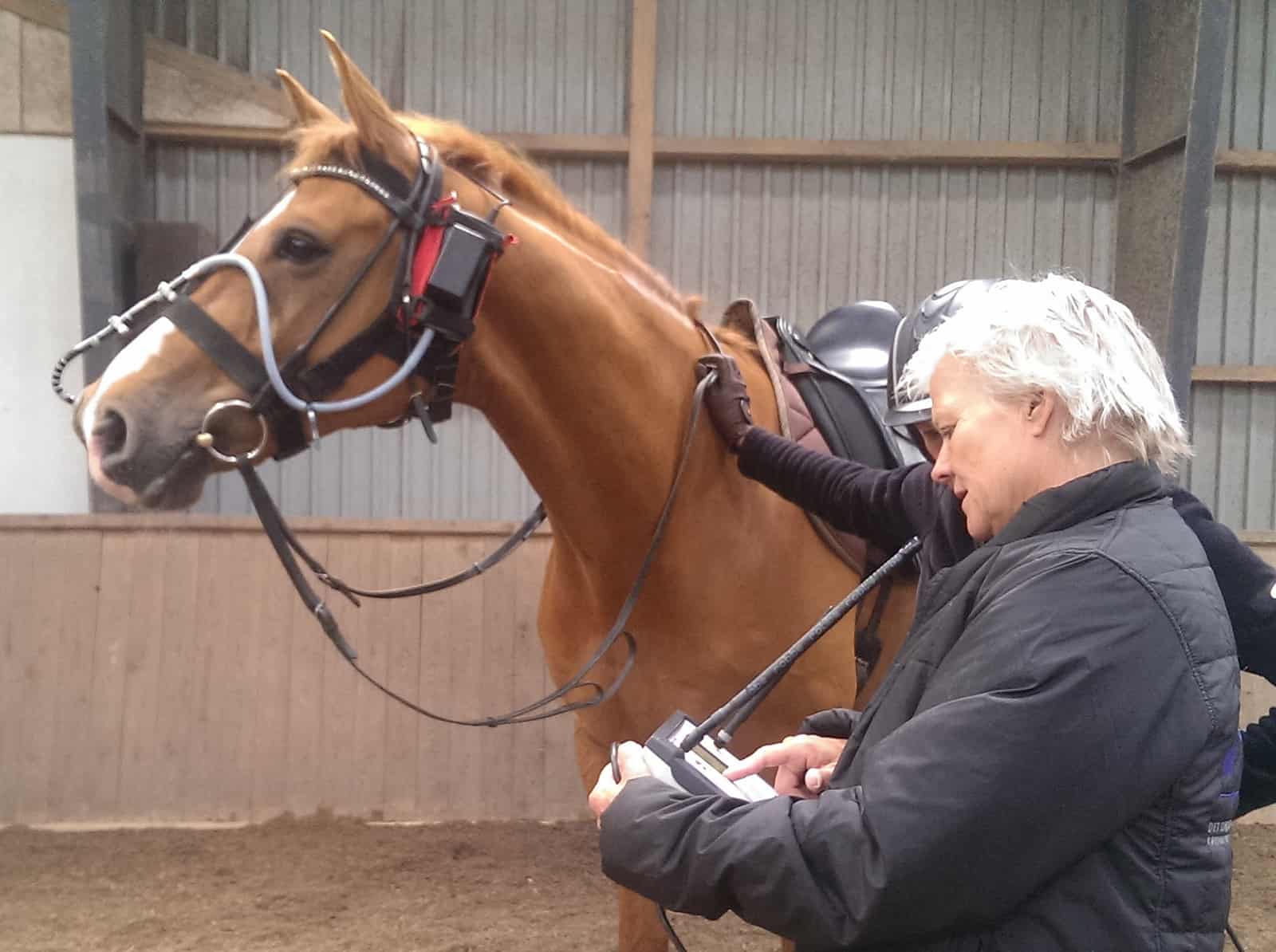Equine Asthma and Upper Respiratory Issues: What’s the Link?

Horses with EA are more likely to have physical abnormalities of the pharynx (an upper airway structure which extends from the rear of the mouth and nasal passages to the larynx and esophagus) during exercise their EA-free counterparts, Polish researchers found in a recent study. That could be because the way air flows through EA horses’ respiratory tracts causes higher negative pressure (pressure that’s lower than the surroundings) on the pharynx. Or it might be that a flawed pharynx is causing horses to inhale food materials, resulting in inflammation that leads to EA.
“There’s still some work left ahead of us to determine what’s causing what,” said Blanka Wysocka, PhD, of the Warsaw University of Life Sciences Faculty of Veterinary Medicine, in Poland.
In their study, Wysocka and her colleague carried out upper and lower airway exams—at rest and during work on a treadmill—in 13 horses with EA and 16 horses without. The treadmill allowed them to compare exercise-related conditions in a controlled environment, she said
Create a free account with TheHorse.com to view this content.
TheHorse.com is home to thousands of free articles about horse health care. In order to access some of our exclusive free content, you must be signed into TheHorse.com.
Start your free account today!
Already have an account?
and continue reading.

Written by:
Christa Lesté-Lasserre, MA
Related Articles
Stay on top of the most recent Horse Health news with











